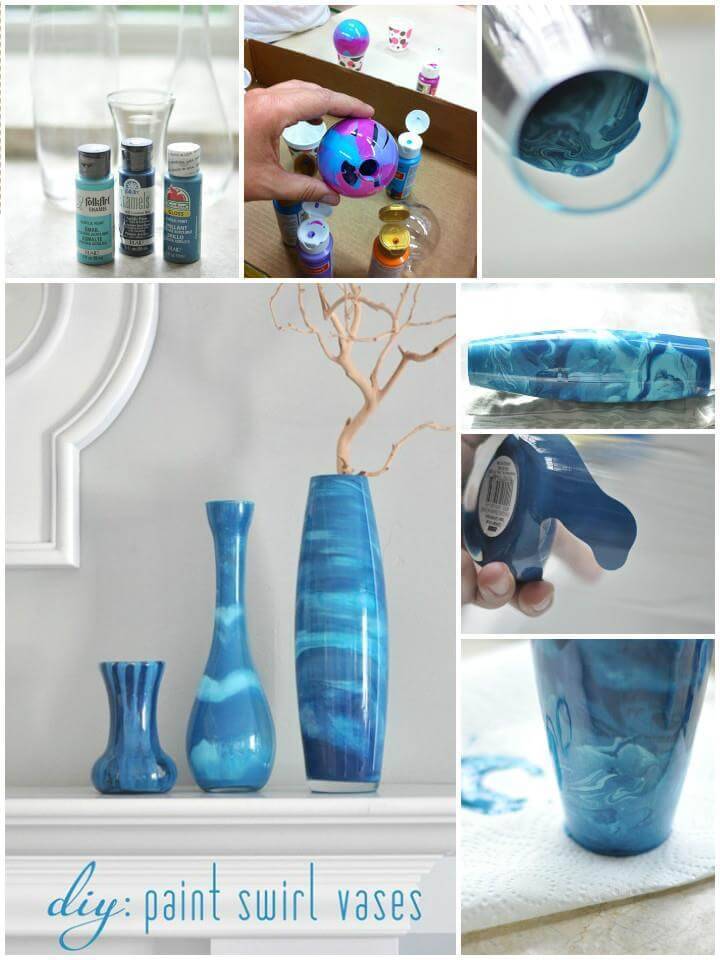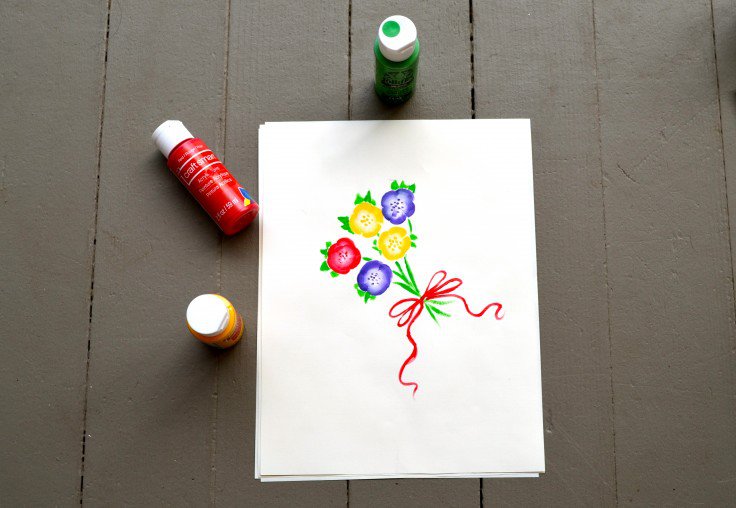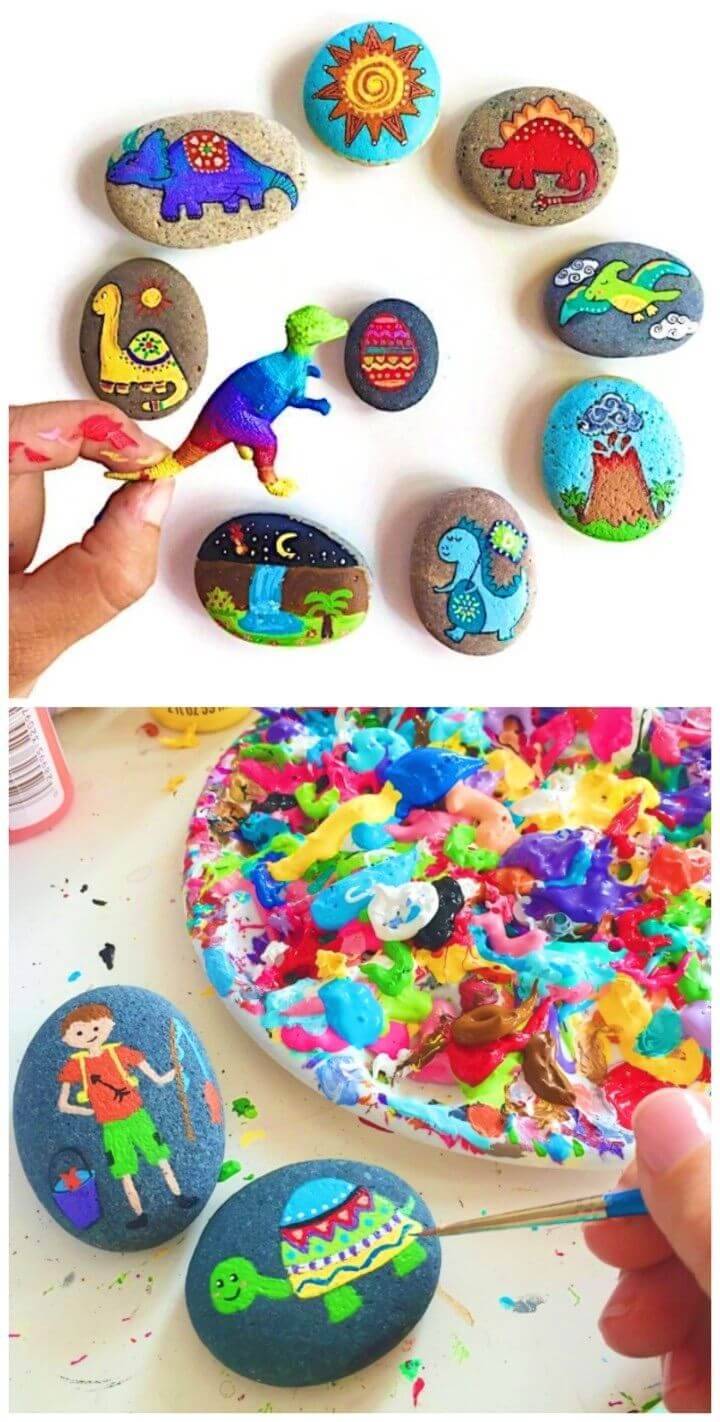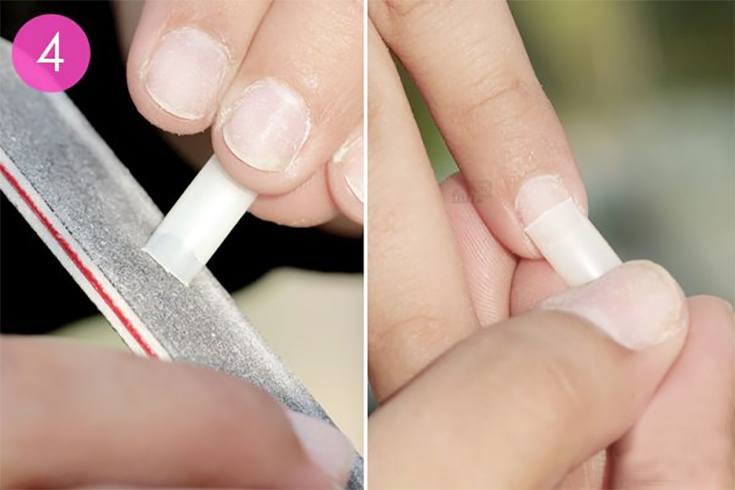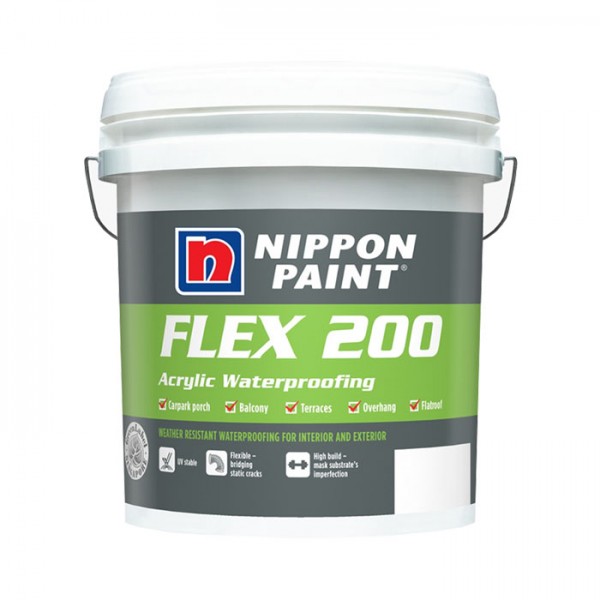Acrylic paint doesn't always dry in a waterproof finish, but you can try using fabric medium to seal your project. Fabric medium is a mixture of acrylic paints and solvents that changes the paint's properties. It should be applied like a wash over the surface of the fabric before painting on it, then it will help preserve the dried acrylics for longer periods of time.
If you're waterproofing an acrylic painting on canvas, you'll want to add a sealer to complete the project. Most canvases are pre-primed to hold acrylics to the surface. You can use a Gesso primer to prepare an un-primed surface. When the primer is dry, the canvas is ready for you to create your art piece. Create a protective barrier over your acrylic paint with this product.
It's ideally used as a gloss or satin topcoat for finished paintings. It can also be applied to an already dry image to give it a glossy finish. High-Performance Clear GAC 500 is flexible and will not yellow or crack over time. It's perfect for use on various surfaces, including paper, canvas, wood panels, masonry, ceramic tiles, fabric, and even metal. Create a matte finish for your acrylic paint by applying Spray Mount Artist's Adhesive. This product is used for your finished artwork or painted surface.
Once dry, it will protect your work from scratches and other damage while allowing the movement of layered material. In addition, it has a quick drying time, so you can apply other coatings or topcoats right after spraying. If you want to dye fabric, one of the easiest ways is with acrylic paint and fabric medium as opposed to more expensive enamel fabric paints.
This method of coloring fabric doesn't work well to achieve dark colors but is great for watercolor-like effects and tie-die. Simply mix 1 part acrylic paint, 1 part fabric medium and 7 parts water. Add extra water if you want a more washed-out look. Let the paint soak into the fabric for two hours in the acrylic paint wash, wring out any excess water and hang the wet fabric up to dry.
Use can also you this same mixture in a spray bottle to create a sprayed-on effect. You can make acrylic paint waterproof by applying a non-water-soluble primer such as an Acrylic Gesso. Waterproof the canvas either with an Oil or Acrylic Painting Ground. If you use one, then your painting will be more durable and oil-based.
The product can be diluted with water and used as a base for water-sensitive acrylic colors. If you are using the acrylic paint for outdoor painting, then you will have to waterproof it. You can do that by using a top coat of an artist's Acrylic Matte Medium.
Many artists prefer to use acrylic paints mixed in with fabric medium to allow them to explore different color palettes. In other words, if you don't properly finish your paint project with an outdoor acrylic paint sealer, the paint will wash off when exposed to the elements. While the paint might stick to your painting surface, if it's exposed to water before it's completely dry, the paint will wash off. To start with sealing your acrylic paints, you'll have to be patient enough to let it dry completely before applying the sealant. I would hold up to about 24 hours since you would prefer not to hazard any thick under layers of the painting going through the sealant and demolishing your work of art. As I said already, acrylic paint is water-based.
The primary process includes mixing pigment with acrylic polymer resin. Without waterproofing, the color would wash off. They do have the quick-drying property that is because the water evaporates in an instant. You can also try heating the painting to let it dry even faster. I was intentionally looking for a non yellowing varnish/clear coat that didn't have solvents or harsh chemicals that are yellowing my acylic white primer/paint. Durable enough to protect from traffic with uv stability.
Then I use rustoleum 2x spray colors on top of my acylic, so a clear finish that is compatible with acylic & spraypaint. I wanted a 2-3 day outdoor finished job, or I give up on a sealer. To go with a complete acrylic system to rush the curing time may help.
I've only come across acrylic ureathanes, or something as durable as Bona HD floor coating, but it seems to expensive. The only other system that works is a breathable hard wearing sealer, as used on stains which breath & last decades. Varnish is the standard go-to for sealing painted wood surfaces.
It can completely transform a wooden object's appearance, changing the color tone or adding a glossy finish. However, you can seal other surfaces with varnish too. Acrylic paints may be all that hard and robust when it's dry, but a little water spill could ruin the paint on the plastic. Moreover, acrylic paints are not waterproof – they are only resistant to water to an extent because it's a polymer. So it can absorb little water, which is why you need to seal the paint.
Additionally, they don't usually hold up well to severe, frequent handling, as other paints. They also work better on surfaces that are aerated like wood than plastic. The best way to seal acrylic paint onto fabric is to use heat.
Using heat will ensure the paint is permanently stuck to the material. This will make the clothing able to withstand the rigors of constant washing and wearing.Iron is the easiest method of applying heat. You need to make sure the paint is completely dry before getting your iron anywhere near the design.
The last thing you need is acrylic paint on your iron! As a rule of thumb, give the garment a minimum of 24 hours after painting. That way, you can be assured the paint will stay on your clothing and not transfer to other surfaces. Metals are another popular surface that many have outdoors.
If you would like to use acrylic paints on metal products, you can give a single coat of protective finish to give the paint longer to wear. Metal objects that you may wish to paint could include garden signs or metal artwork in various outdoor shapes . Many will find metal watering cans and paint artwork on them to display outdoors.
Most importantly, it makes the painted fabric permanent after washing no matter if you're painting on cotton fabrics, poly-cotton blends or other fabric types. The main ingredients in fabric medium are water-based binders which make your paint more flexible and workable no matter the fabric use. It will easily interlock between the fabric fibers to make a web of paint that won't crack or flake off on most fabric types. Also, fabric medium helps to retain the depth of pigments so you can enjoy the same vibrant colors even after several washes.
If you wish to use acrylics in the manner of a watercolour, be aware that a very dilute acrylic may not have enough binder to make the paint waterproof. Using Airbrush Medium instead of water to make the paint more fluid without thinning it of acrylic binder, works very well. While you may not need to prime or prepare all surfaces for painting with acrylics, it's often best to do so if you're working with varnishes. Sealing the paint with either a sealer or a varnish allows your art to hold up against water damage. However, the type of sealant you choose may depend on your project.
An acrylic sealer like varnish will seal acrylic paint on your plastic and protect the layer from damages. The varnish is a durable finish that you can use to protect a painted material. To apply varnish on acrylic paint means adding a protective topcoat to seal the finished painted material. Acrylic paints are water-soluble, so using a sealant will prevent your surface from being exposed to moisture and it'll help protect the color of the paint too.
This product is a high-quality, water-soluble gloss resin. It's mainly used as an additive to increase the flexibility of acrylic paints and mediums. But you can also use it to protect your finished painting or artwork by creating a waterproof finish with only one coat. A number of people have reported using PVA glue as a sealant on their acrylic paints to try and provide their artwork with some protection against water.
As you can imagine, once the PVA starts to peel it can pull parts of your acrylic paint off your canvas or paper too. On top of this, some hairspray formulas may causes issues with your paints and start to break them down and potentially ruin your artwork. Although some people do apply two coats of their sealant, this is usually not required provided that you are using a reputable product that has a proven track record. Regular acrylic paint is not waterproof once dry and will quickly end up having issues if it ends up getting wet. Although there are some outdoor acrylic paints on the market, these are also not waterproof once dry and will also end up having issues if your artwork gets wet.
When looking for a protective finish for your acrylic paints, you will want to make sure they are water-based (not oil-based). Your brushes should clean up easily with soap and water. You will want to make sure that the finish is non-yellowing, and does not show any brush strokes. Look for one that is self-leveling and be sure to get the finish you prefer . There are many surfaces that can use protective finishes. These include wood, glass, plastic, metal, and more!
Many individuals are surprised that paint will stick to plastics. Although not many kinds of paints will stick to plastic, acrylic paints tend to last on such surfaces for a great period of time. This is a really simple technique, but one we're just trying out for the first time, so we wanted to share it with you.
We have tons and tons of acrylic paint, but no fabric paint. We knew you could turn acrylic paint into fabric paint by adding a fabric medium, but we'd never tried it ourselves. Acrylic Paint is a fast-drying paint made that is made of synthetic pigments suspended inacrylicpolymeremulsion.
Washable acrylic paints are usually used for arts and crafts projects and are more expensive than the acrylic latex paint you might use on your walls or furniture . To make acrylic paint waterproof, you need a sealer or varnish. There are many types of spray or liquid sealers and varnishes available at art or craft stores.
They may come with varying features, but their main goal is to protect the paint from the elements. Look for a sealant or varnish made for acrylic paint. Water-based paints are usually best for interior and exterior walls, especially those that are exposed to a lot of moisture. This would include the outside walls of a home, kitchens, laundry rooms and bathrooms. When these painted surfaces get dirty, you can usually clean them easily with soap and water. This kind of paint is also more resistant to UV light, has little odor and comes in a large variety of colors.
It is simple to apply, is inexpensive and does not crack as easily as oil-based paints. Is acrylic paint waterproof, again no but it is water-resistant once dry? The reason is that acrylic paint is water-based, so it can easily be thinned adding water. Your furniture, art piece or shoes could be completely ruined if you do not waterproof them.
Create glossy finishes for use in galleries and museums. Or, give your work a smooth, matte surface that is resistant to fingerprints and dust. This product is a non-yellowing, flexible film with high resistance to aging and discoloration. It's perfect for artwork or paintings on paper, canvas, masonite board, wood panels, linens, and fabrics. As with most things in the arts and crafts space, there are a number of ways that you are able to easily make your acrylic paint waterproof. We will be going into what we feel is the best option to protect your acrylic based artwork from water as well as a number of household items that can be used too.
When painting with acrylic you do not need to prime the paper first since the paint, a plastic polymer, will not damage the paper. However, the paper will still absorb some of the moisture and pigment from the initial layers of paint. This is true even though the most high-quality paper is treated with surface sizing for water resistance. So, if you want the paint to glide on more smoothly at first, we recommend applying at least two coats of acrylic gesso before painting. Acrylic Paints are sometimes referred to as "watercolor" paints because they are a water-based paint; however, traditional watercolors are not created using acrylic paints.
With their permanent properties, they can be painted on fabric and then machine washed without damaging them. However, outdoor acrylic paints have excellent UV protection, meaning the sun won't destroy your art over time. This is the key difference between outdoor acrylic paint and other options — it's more resilient to both weather and UV rays. However, it's no replacement for properly treating your paint project.

